Chutney is a must-have dish in every Indian restaurant. Wherever you go, you will always get that small bowl of coloured thick gravy at the side of your taali or plate and having to think, ‘what am I suppose to do with it?”

Now, before you go on a useless search on the whats, hows and whys of chutneys on Google and get more confused with the abundance of information you get, just read this concise yet simple article on 5 types of chutney commonly found in Malaysia (except for number 5. That one is fairly new) and the types of food that go well with it in order to make your eating experience more enjoyable after this.
1. Coconut Chutney
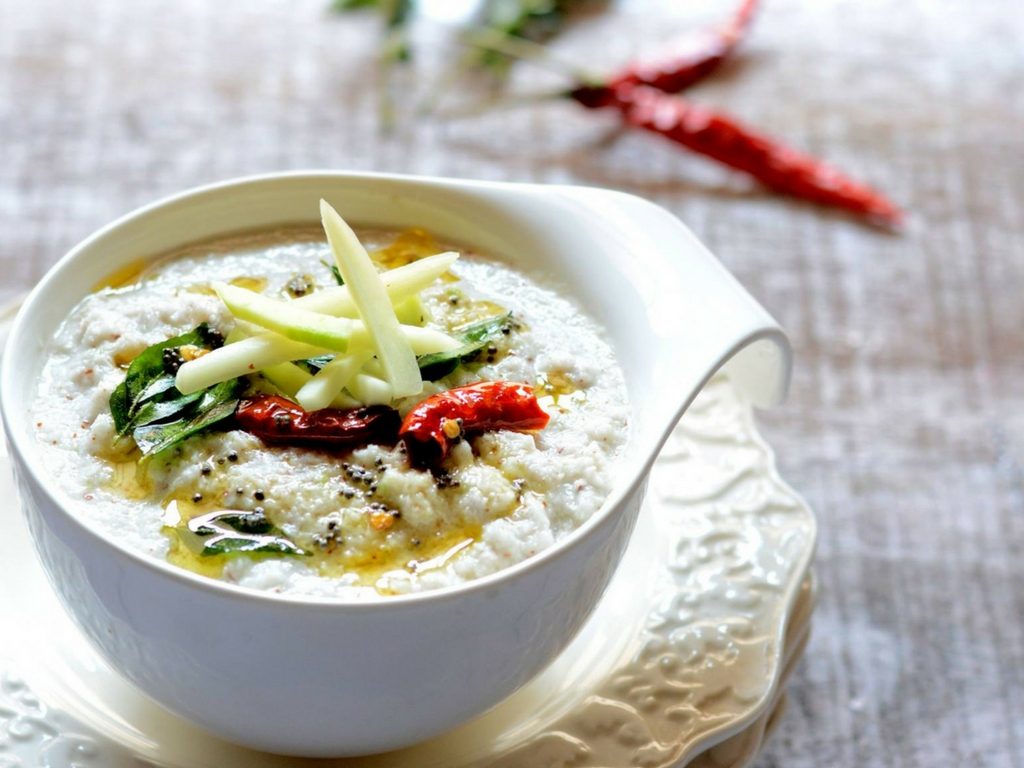
This particular chutney is a staple chutney for most South Indian dishes (Can I get an SEMMEA from all the Indians out there?) especially for breakfast. Why? Coconuts are rich in calories, vitamins, and minerals besides providing energy equals to 400 g edible meat and 30-150 ml of water. As the saying goes, eating breakfast like kings, coconut chutneys definitely give you the energy to kick start your day on a high note!
What to eat with it? Idli, Thosai (Dosa)
2. Mint Chutney
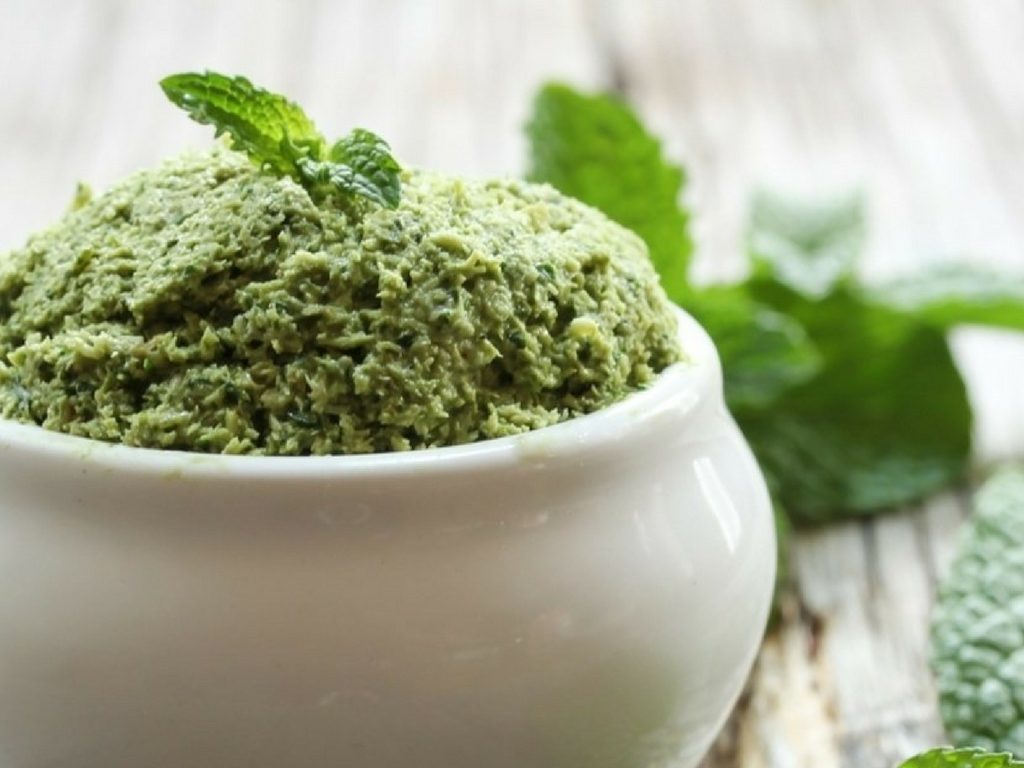
If coconut chutneys are a South Indian favourite, the mint version is definitely loved by those in the North (I mean, North of India). Is that so, you ask? You see, In the North, most of the Indians are Muslims and non-vegetarian Indians who love their meat too much. When, i say meat, I am referring to poultry and mutton, of course. Therefore, to lessen the heat of the spiced meats, mints are used to balance out and cool the dish to a certain degree. That way, you can eat as much chicken tikka you want without causing your body to overheat.
What to eat with it? Kebabs, Naan, Chicken/Mutton Varuval
3. Tomato Chutney
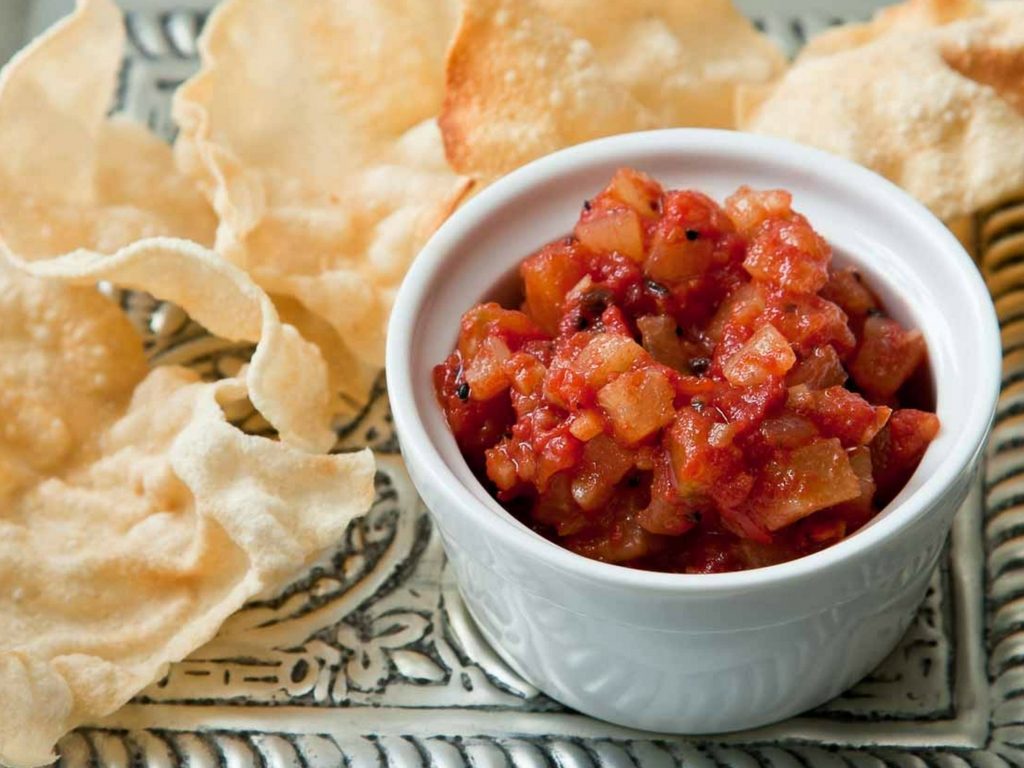
This one is different than the rest because it is not meant to complete the lack of taste in the main dish. Instead, it is needed to ensure the dish you are eating with is not completely dry or bland. The rich sour flavour that comes from the tomatoes, balance out the spices used in many Indian dishes by cutting down the spiciness level from smoke coming out from your ears to a mild burning sensation on your tongue.
What to eat with it? Briyani, Paratha, Capati
4. Peanut Chutney
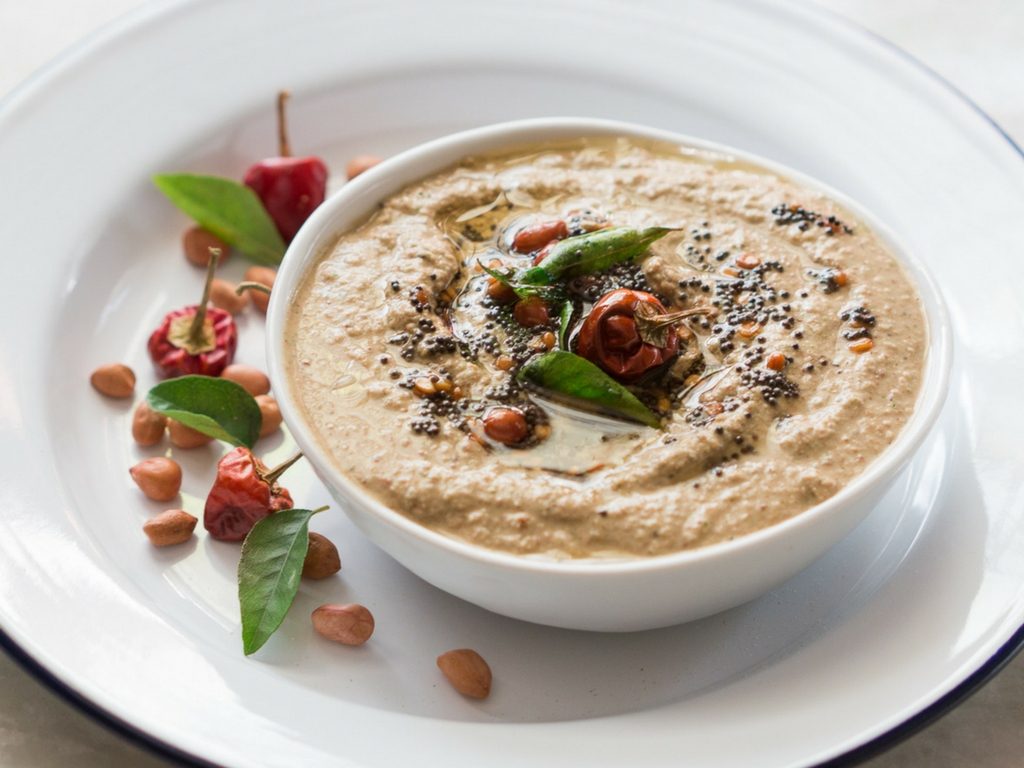
No, it is not the Indian version of kuah kacang and no, you do not eat it only during Deepavali or Tamil New Year. It is suitable to be eaten at all times and it is good in the sense of cutting those bad cholesterol hiding in your food as well as ensuring your skin and hair looks as fabulous as the models in shampoo advertisements.
What to eat with it? White Rice, Idli
5. Curry Leaves Chutney
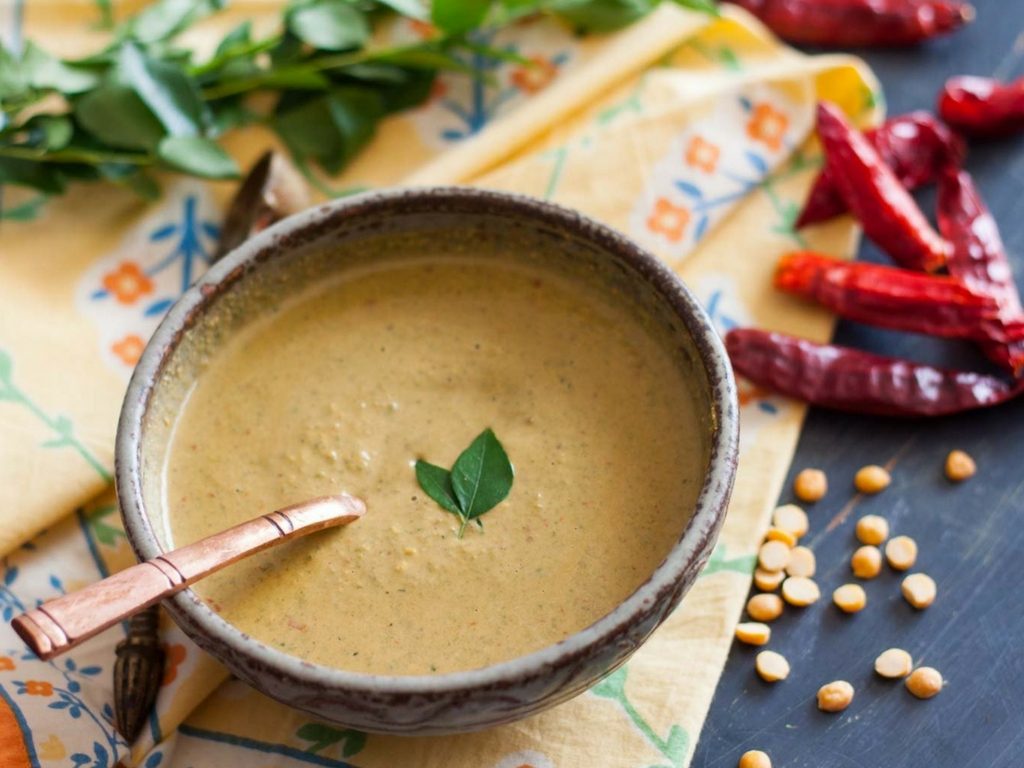
This is something that is quite unique and rare to find in Malaysia. Most curry houses or banana leaf joints will not serve this. Why? Because non-Indian Malaysians just do not know how to eat curry leaves. Yes, we do put it in our cooking but we don’t grind them into liquid and eat it. This chutney is good for diabetic and anaemic patients who seem to unable to stop eating good food.
What to eat with it? Rice, Idli, Thosai (Dosa)
So, there you go guys, your simplified chutney guide to help you out when you enter the uncharted territories of Indian stalls, banana joints, dabhas and curry houses. When in doubt, just ask the waiters! They will help you out.
Have unfinished chutney? No worries! Get creative and recycle!
Related Articles:
Cutni Boleh Dikitar Semulakah? Bacalah Artikel Ini…
Nasi Daun Pisang: Pilihan Makanan Brunch Rakyat Malaysia
Kahwin Campur: Apa yang Nak di Hidang?
